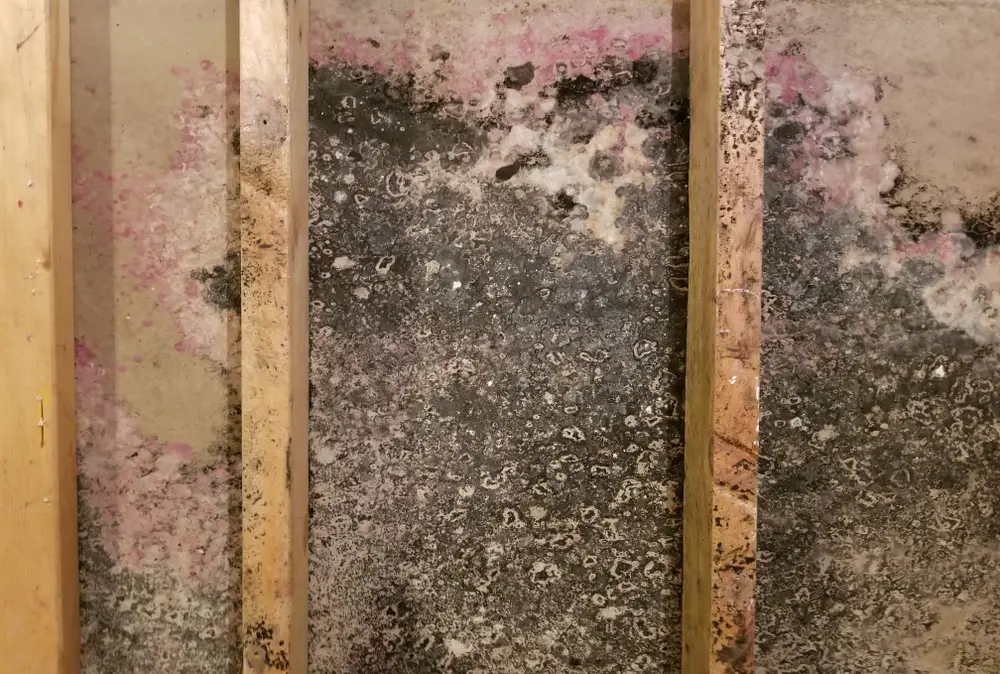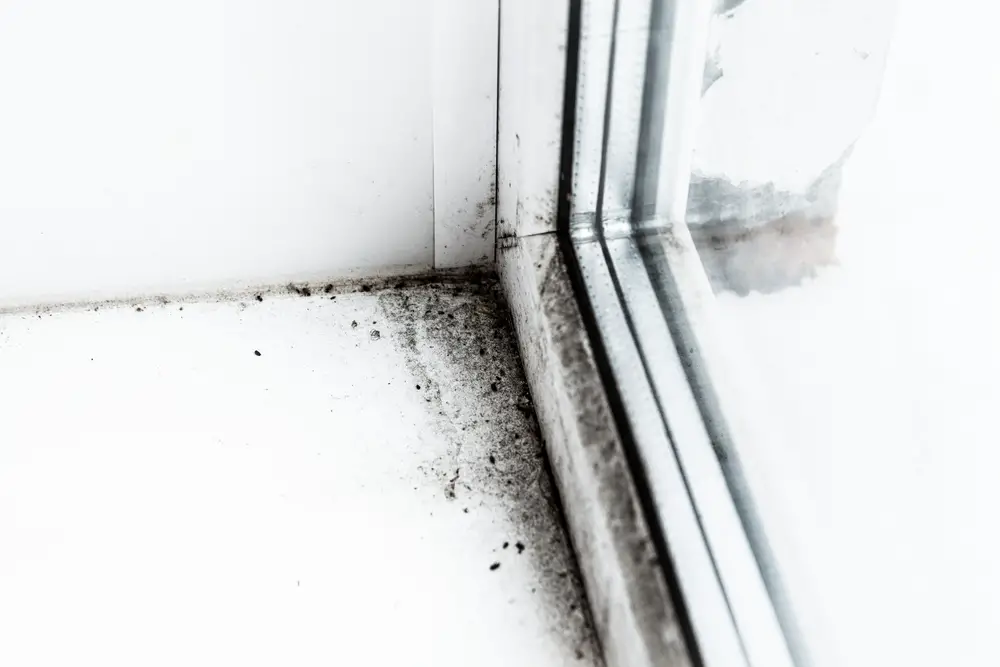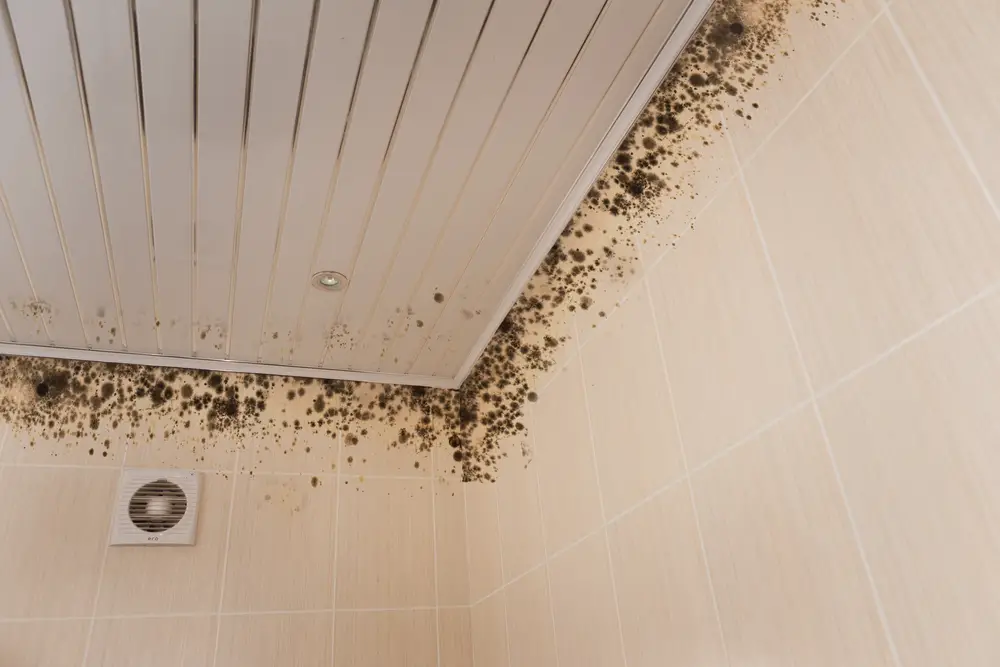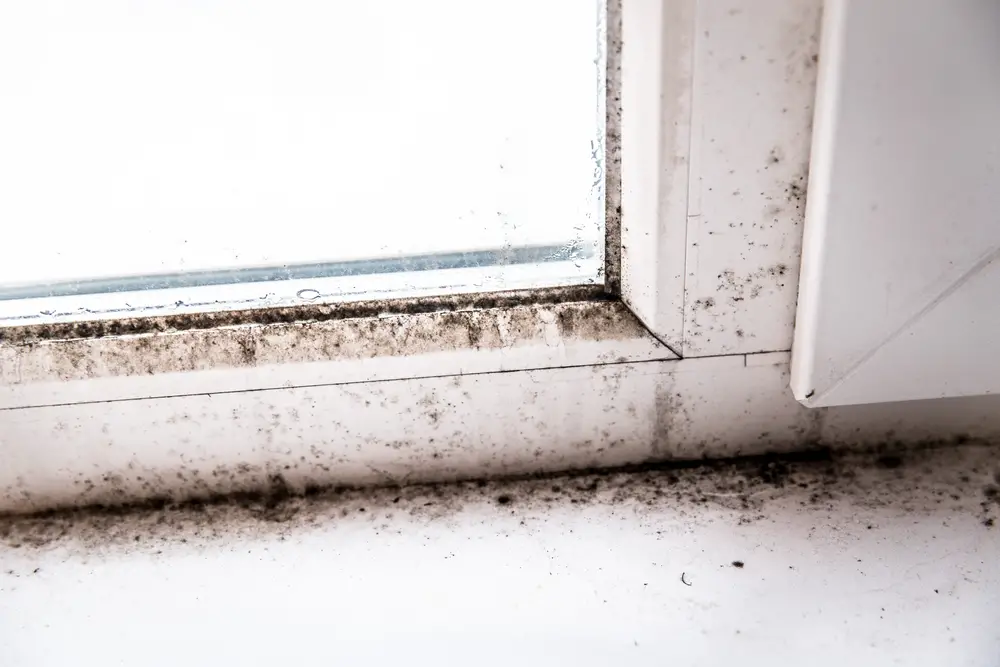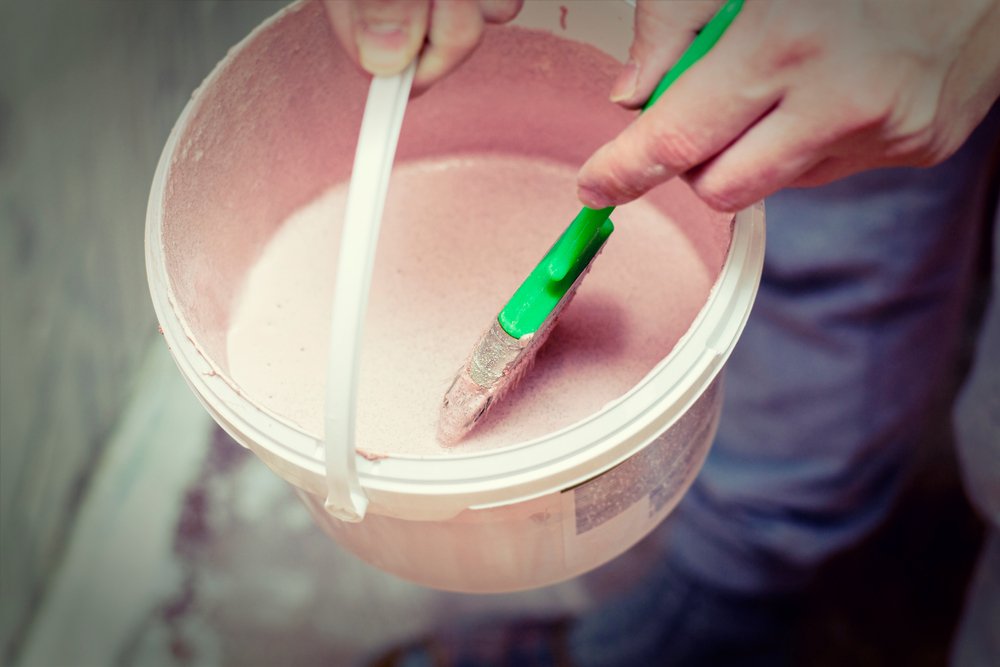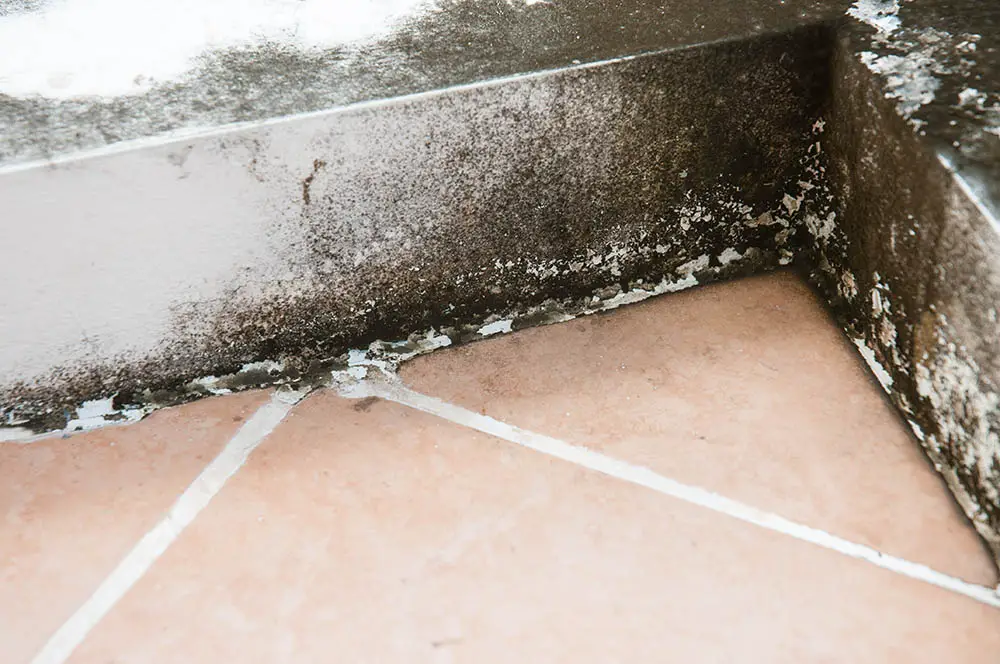There are several different methods for removing mold, many of these include the use of harsh chemicals. Temperature changes is another way that you can attack the mold that is growing in your home.
When we say temperature change, we mean in the span of extreme temperatures, either extreme heat or extreme cold can kill a majority of mold spores.
Mold growth happens most often as a result of the perfect conditions being in place to facilitate the growth. These are often temperatures between 20 and 28 degrees Celsius, or 70 to 120 degrees Fahrenheit, which is disappointing because these are also the temperatures most loved by humans.
So pretty much anywhere that is warm, and slightly damp that humans also enjoy is a good area for mold growth.
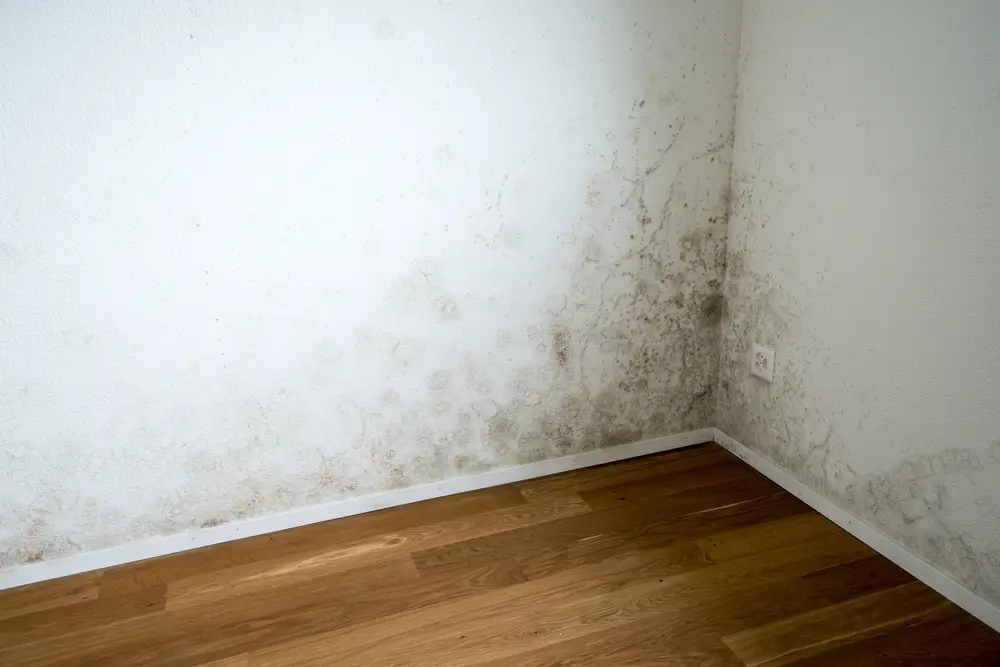
Mold loves moisture too, using this moisture to grow and expand, our homes are a cacophony of humid air, especially in the showers or basements. It also needs oxygen to survive, because despite how gross it is, it is a living being.
Mold also needs a food source, which is not hard considering mold and mildew can live off of pretty much anything.
To at least deactivate mold, the best thing that you can do is to remove these conditions, alter the temperature to below its preference, reduce the moisture, and if you can, lower the levels of oxygen.
This means that it is entirely possible to kill mold in temperatures around freezing, and certainly around boiling. There are a few ways in which you can do this, so you may want to get experimental. Heat is also more effective than freezing when it comes to tackling mold growth.
Can mold be killed by freezing?
While mold has its temperature preferences much like any living creature, one might assume that cold could kill it, this assumption would be wrong. It does damage it though.
Cold temperatures, especially one's below freezing will force it to go dormant. It is a bit like freezing food, for as long as it is below freezing it is dormant, so it cannot grow, it cannot eat, and it will not do any further damage. But this does not mean that it will die.
You see, even when indoor or outdoor temperatures drop, as long as they have food and moisture available and to sustain to them, their dormant spores can survive until the next warm season.
There may not be any germination under freezing conditions for the mold, but the spores can weather out a freezing winter and they will thrive and reproduce when the frost is over.
This means that if you were to attempt to kill off mold by freezing it, you could literally have to keep the whole area that is affected below freezing for years, maybe longer. However, if you were to freeze mold and cut off the availability of any moisture then this could work.
Mold, like any living thing needs moisture to survive. Without water and moisture it cannot survive.
The main complication here is that when things are frozen the moisture droplets in the air freeze meaning that there is always moisture present, so freezing can be effective in halting the growth of mold, but not killing it as such. It is for this reason that when it comes to battling with mold, heat is the way to do it.
Will heat get rid of mold?
Mold has one weakness, the need for moisture. What gets rid of moisture? Heat, excessive heat. If you were to find a brick that was covered in mold, and you set it on fire, the mold would die, but the surrounding air would be dangerous to breathe in.
Most yeasts and molds are heat-sensitive and are destroyed by heat treatments at temperatures of anywhere between 140 °F to 160 °F. Although, there are a few molds that let off heat-resistant spores and can survive heat treatments in pickled vegetable products.
Some people would consider cooking mold to kill it however this is not advisable. Not because the mold itself is dangerous, but because of the spores it lets off.
So, if you were to kill all the mold, it doesn’t matter as the toxins have already been made. Boiling mold does not work so well either, especially in the instance that mold is on the food you are cooking, the water would also be contaminated with mold too.
The best way to use temperature to control and regulate mold growth is to use an air conditioner to regulate the temperature of the house, regulating the temperature will help to slow the growth of mold and minimize any conditions that will accelerate it. Heat can be effective in killing mold but not all the time.

